

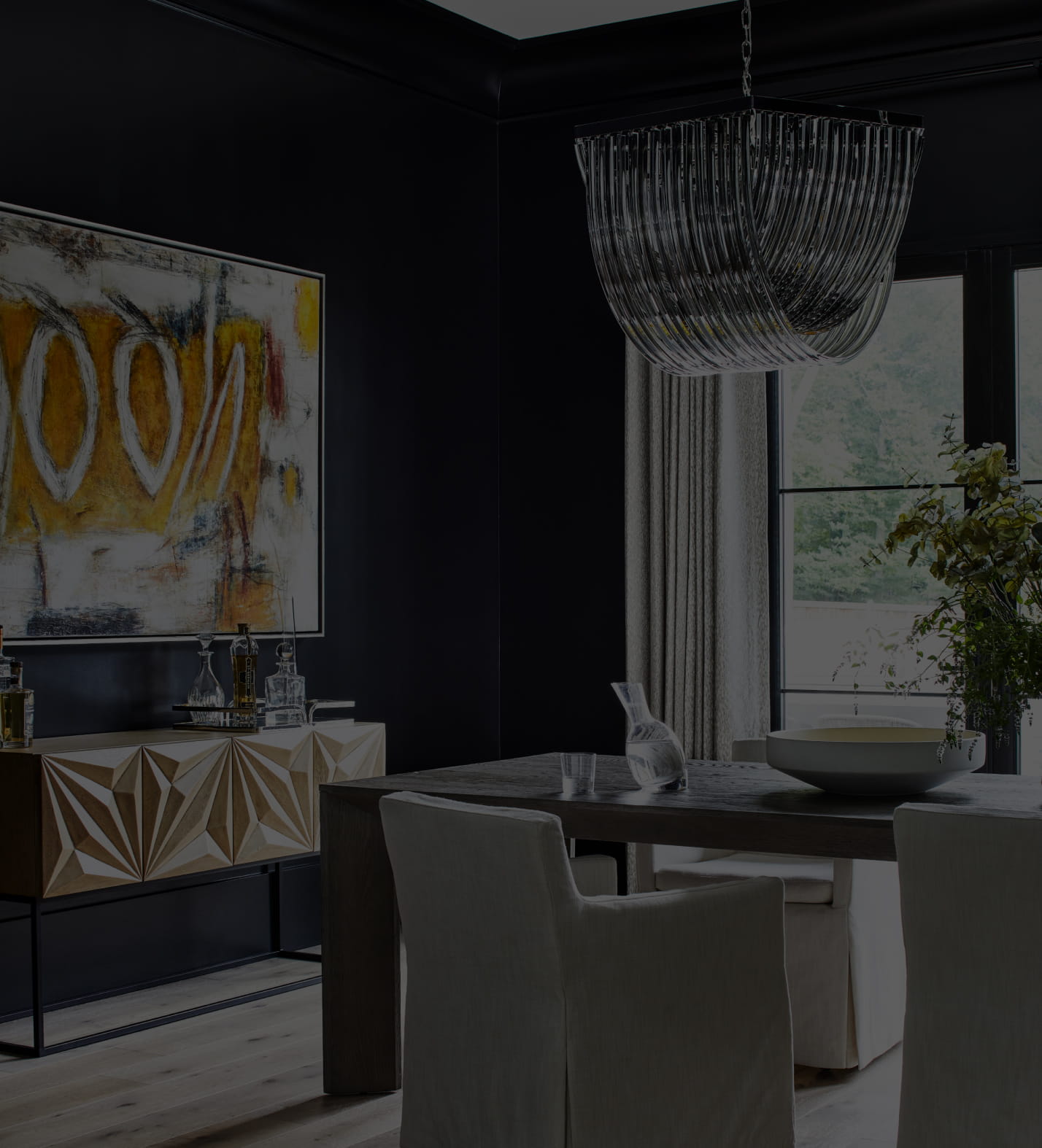
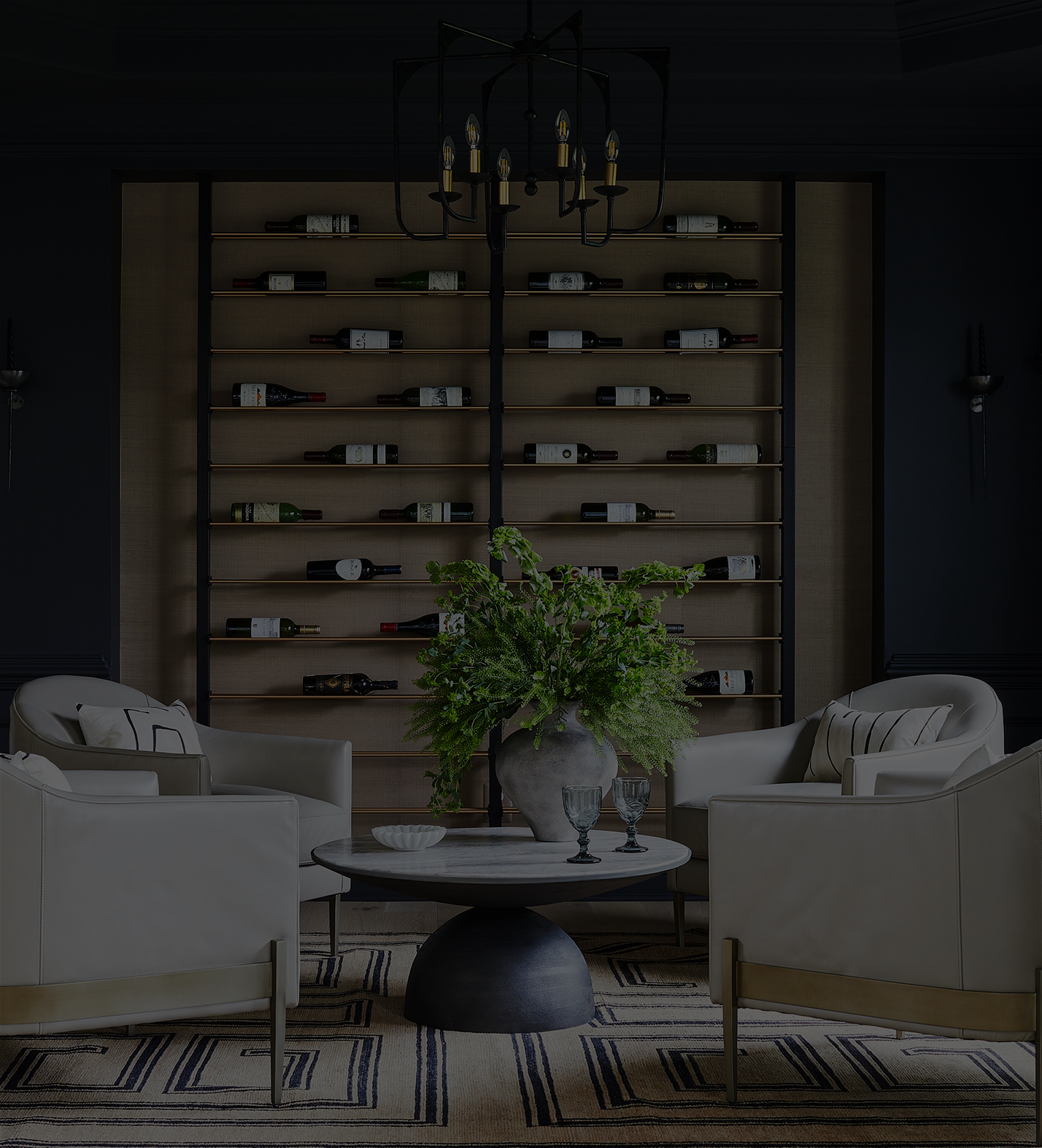

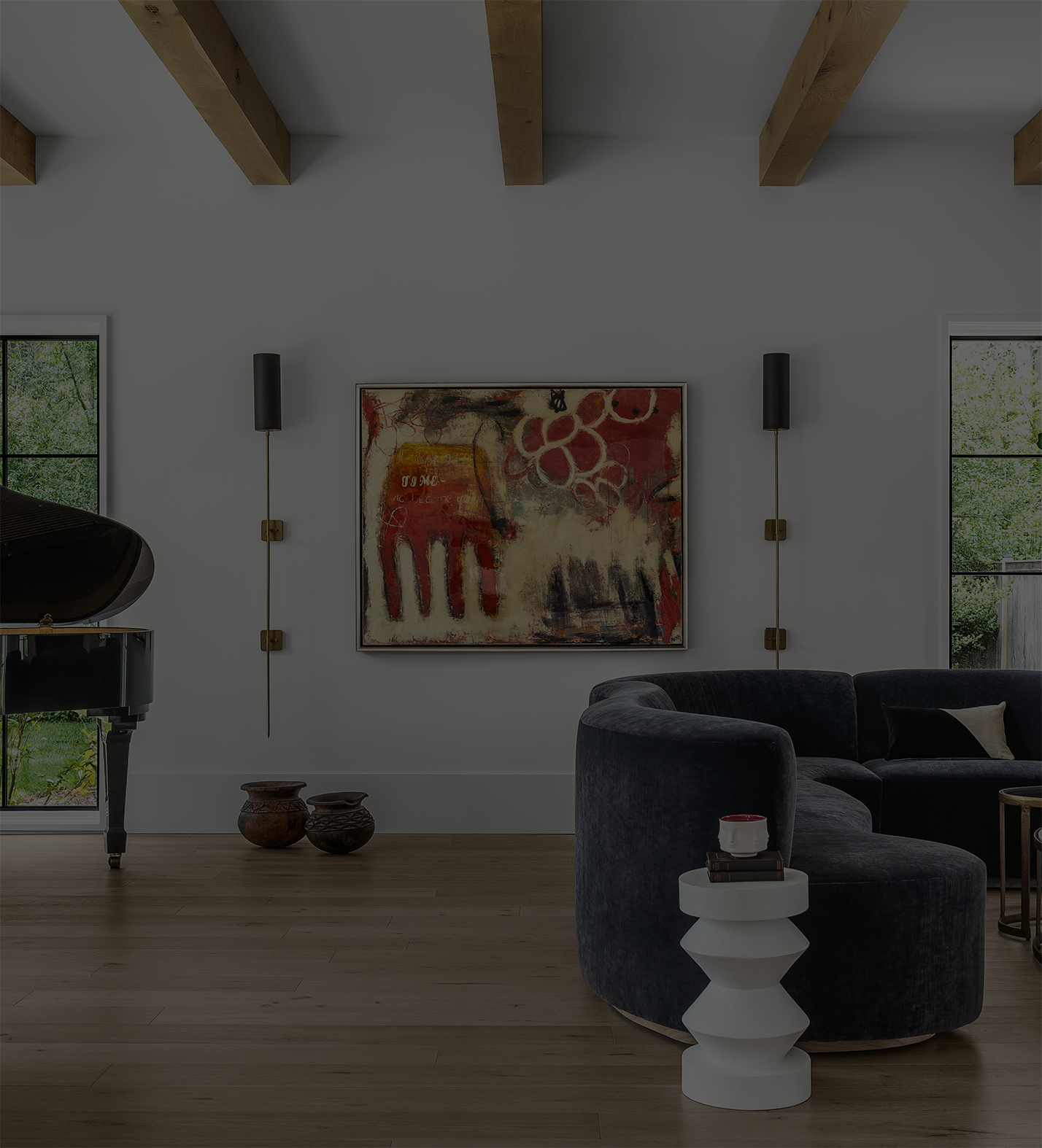
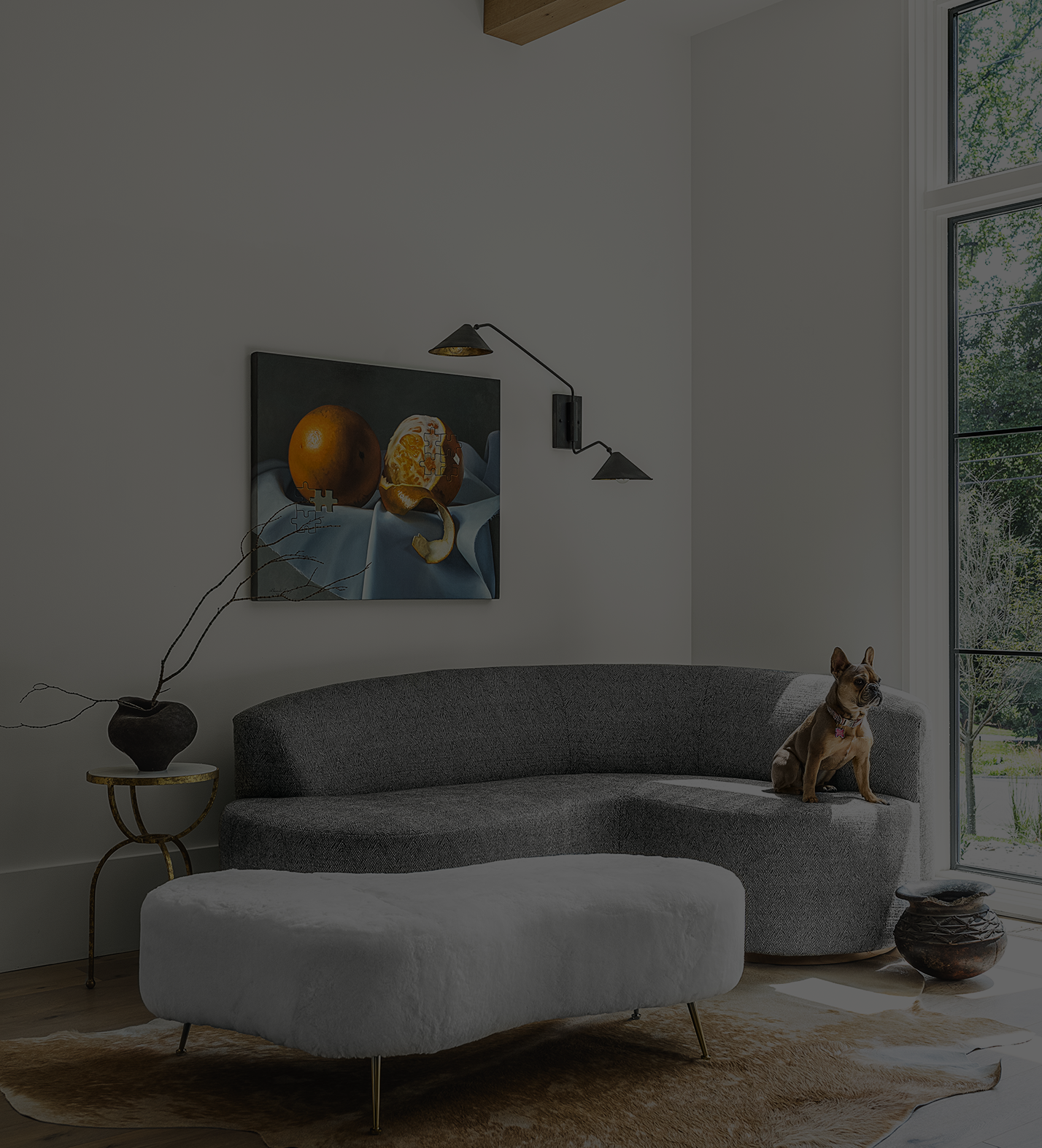


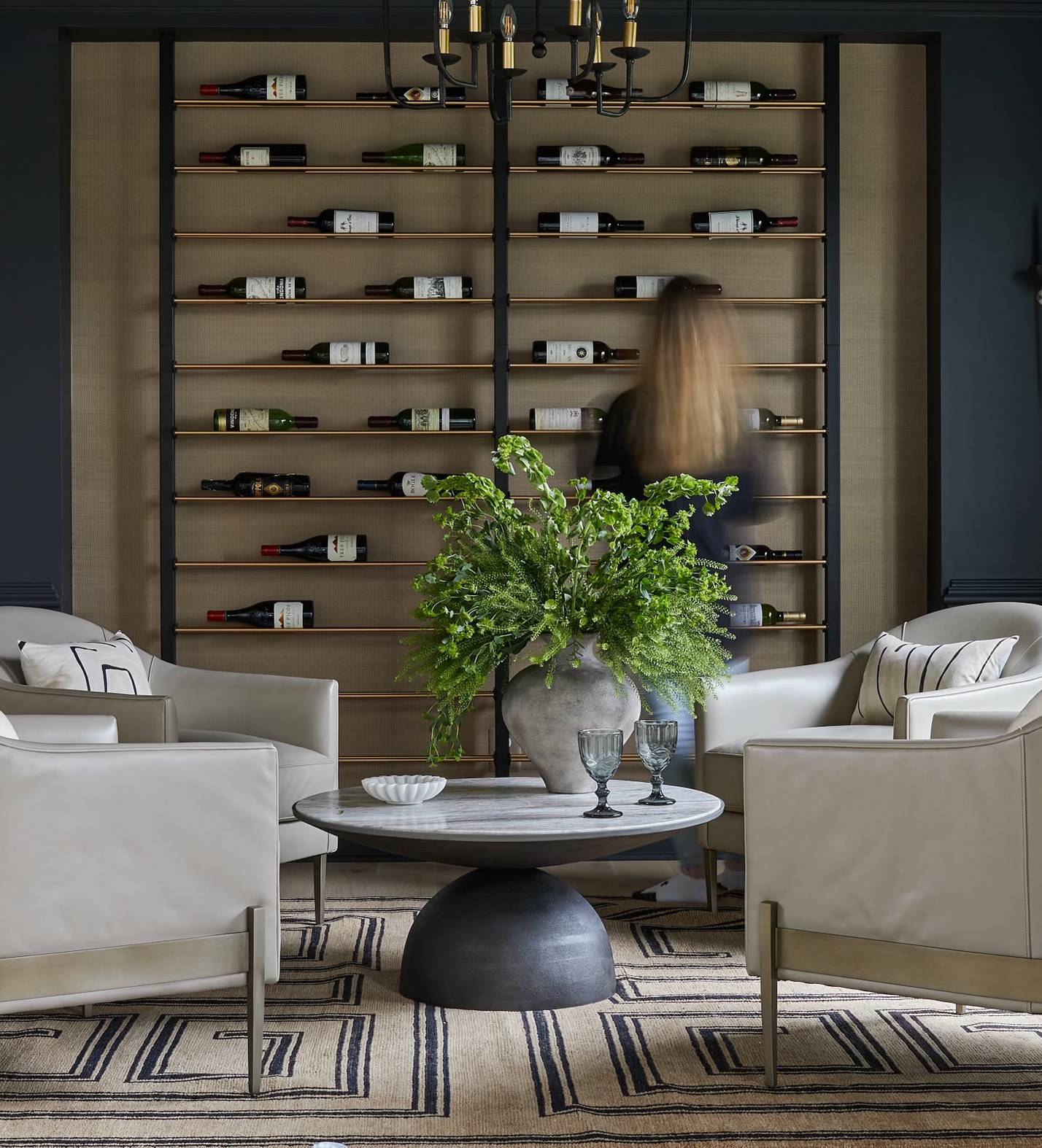
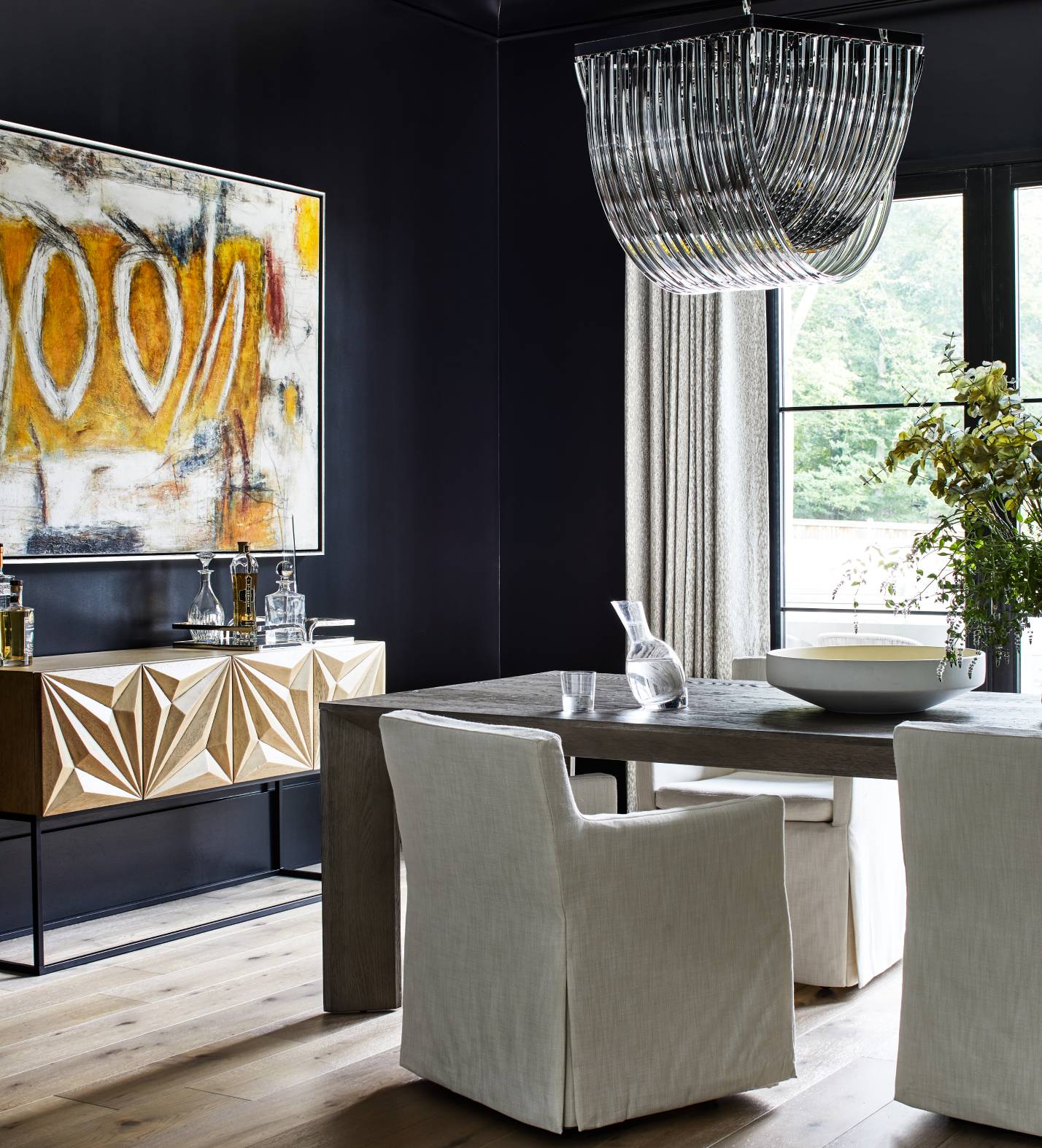
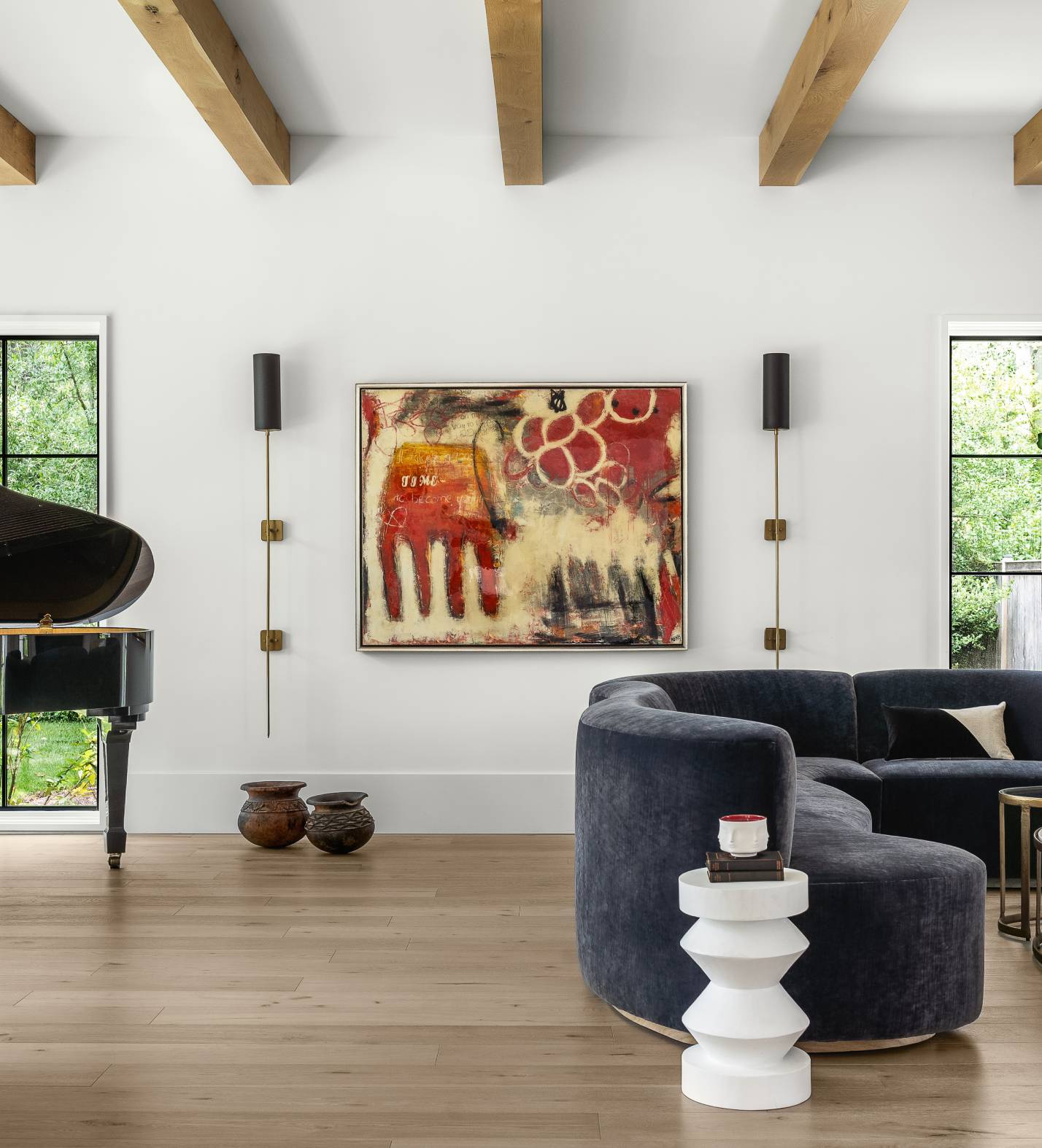




We could tell you all about how we are going to make your space so chic, so pretty, so unique, but honestly, we feel like that’s a given.
What makes us different is that we believe in the art of a liveable space. Our aim is to create spaces that allow you to exhale, set down the day, and feel truly at home.
We work with you to uncover how you want to live, who you want to be, and what kind of home you want to inhabit. We handle it all from start to finish, saving you time and energy so you can get back to everything else. All you have to do is enjoy the process. We do the work, and you get the wow.
Every corner of your home can be a moment. Whether you’re undertaking an entire renovation or simply want to breathe new life into a tired space, we’re here for it.
With tailored attention to every detail, capable service you can truly count on, and a serious commitment to curating all the right elements, you can relax.
We design. You enjoy.

























Julie is the gravitational center of our studio.
As our visionary principal designer, she not only
shapes our creative direction but also sets the
rhythm for the entire team. With her guidance,
you’ll not only love where you end up but also
enjoy the journey to get there.
Julie has a remarkable ability to intuitively
understand what people desire and require
in a space. Her insight comes from personal
experience—designing her own home from
the ground up—as well as years of professional
success and a solid foundation from the New
York Institute of Art & Design (NYIAD).
Her work is infused with a lifetime of inspiration;
whether it’s her background in art history or the
time she spent living in Paris and Japan, her eye
for design is as authentic as it is original.
It’s Julie’s unique approach and vibrant energy
that infuse life into every project, resulting in
a transformation that feels uniquely yours